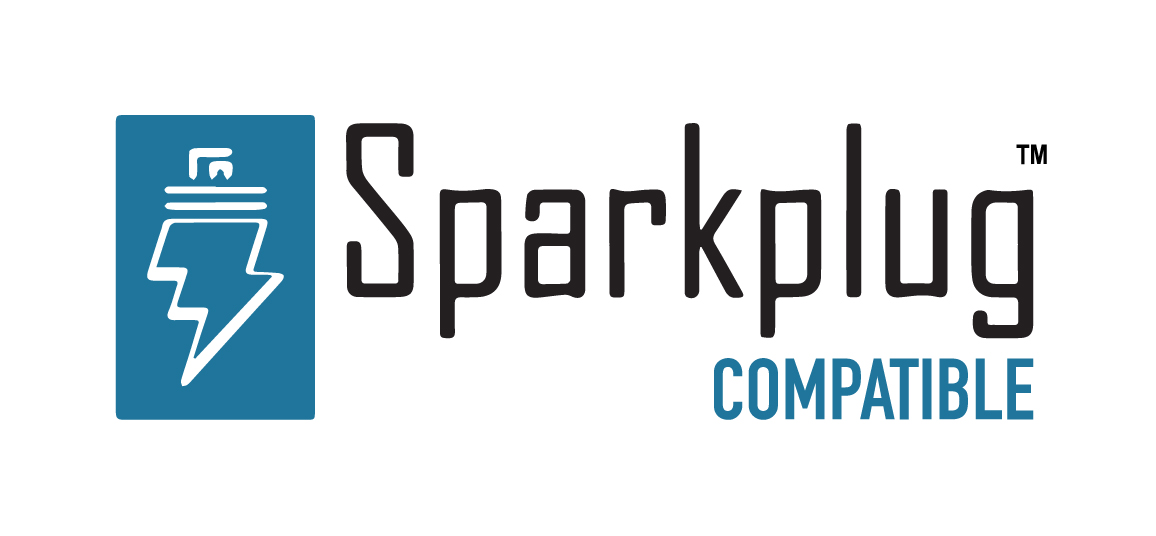N3uron Node/ N3uron Redundancy

Redundancy Agent
Description
In this video of our N3uron Academy, we will take you through the necessary steps for configuring Redundancy Agent.
[02:23] How Redundancy Works
[04:25] Setting Up Redundancy
[03:50] Redundancy Agent
[01:34] Database Considerations
Transcription
[00:00] In this video, we are going to explain how to configure the Redundancy Agent. The Redundancy Agent module increases the reliability and availability of data sources by allowing redundant TCP connections to field devices, OPC UA Servers, Databases, N3uron Links, and virtually any system that provides a primary and backup connection via TCP protocol. Each redundant pair will appear seamlessly as a single connection point and N3uron will automatically switch to the backup connection in the event that the primary one is unavailable. Let’s see how Redundancy Agent works. In this example, we are going to connect N3uron to two redundant PLCs via Modbus. They have the same IP address but different ports.
[01:01] The first one uses port 502, whilst the second one uses port 503. In this particular case, both the Modbus Client and the Redundancy Agent are running on the same machine, which is why the Modbus client connection is pointing to the localhost. On the other hand, to prevent any collisions we will be using the port 1502, where the redundancy agent will be listening to incoming requests Next, we need to create a new instance of the Redundancy Agent module. To do this, go to Modules, under Config. In Model, click on New module and give it a name. In this example, we have called it Redundancy Agent. Once this is done, select the module type. In this case, we have to select Redundancy agent in the drop-down menu. Before continuing, save the current configuration.
[02:03] Once we have created the instance, let’s set up a new connection. Click on this button here, select new connection, and give it a name. Now let’s go over the configuration parameters. First, let’s configure the TCP port that the redundancy agent will listen to (in this case 1502). Then, we can also specify which network interfaces will be accepting connections (in this example let’s use the default value, “All interfaces”). In the primary connection, we should enter the information related to the primary device or server. In this case, we have entered 10.101.9.41 for the host field and 502 for the port. The auto-reconnect parameter is fine to leave with its default value, since we want the connection to return to the primary device, providing it is up and running after a disconnection. When disabled, the agent keeps the connection to the backup server and switches back to the primary one only when the backup server fails. Now, let’s configure the backup connection. We will also use the same IP 10.101.9.41, but this time the port will be 503.
[03:10] Once we save the configuration, the redundancy agent starts. Now let’s take a look at the real-time display. Here, we can see the value of the Tags in real-time. Since the transition between connections is very fast, we won’t be able to see any changes here. Let’s open the log to see what happens. Here we can see how the redundancy agent switches to the backup PLC when the primary connection fails and then switches back to the primary connection when the primary PLC is back again.

